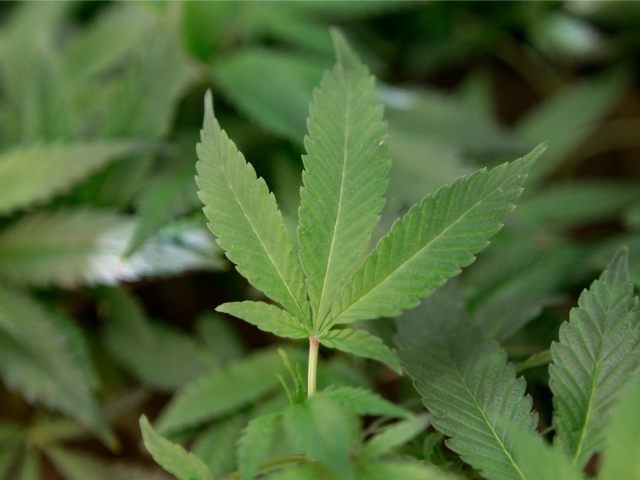In Colorado, where recreational use of the marijuana became legal last year, the average of infusion of psychoactive compounds into the brain by volume from smokable marijuana is about 7.88 percent and about 3.5 percent for edible marijuana, according to a new study. That is 50% more potent than marijuana available elsewhere.
The Colorado Department of Revenue that regulates marijuana use released a report, “Marijuana Equivalency in Portion and Dosage,” that documents the “equivalency, potency, and dosing of marijuana products, such as flower, edibles, concentrates, tinctures, etc.
The independent study was conducted by a consortium that included the University of Colorado, the Marijuana Policy Group, and a Denver consulting firm named METRC. Funding was provided by the Colorado Department of Revenue.
Legal marijuana operations in Colorado are high-tech, advanced, innovative, scientific, steeped in R&D, and staffed by knowledgeable professionals. “It is increasingly a mature market that looks less like the stereotypical basement hothouse and more like corporate production in the agriculture, pharmaceutical, and manufacturing sectors of the American economy.” The corporate sophistication is the result of “investment, expertise, research, and entrepreneurial rigor that exists behind these enterprises,” according to the report.
Marijuana potency was measured by the strength of the active chemical in marijuana called Tetrahydrocannabinol (THC) and the “pharmacological equivalency” that measures the relationship between THC content as an input and the given product as an output. Pharmacological equivalency can vary dramatically depending on use, dosing, pricing, and regulation.
Colorado already uses software and hardware from a company called METRC to track and monitor inventory and production process. This company provides “seed-to-sale tracking” document marijuana products from the moment of planting to the consumer sales. This data base has become the backbone of the regulatory model in Colorado.
According to the study, the average THC content in smokable marijuana is 17 percent. The content of THC inhaled is 50 percent. The gross THC absorbed into the blood stream is 22.5 percent and the effective THC infusion into the brain is 7.88 percent.
Also ccording to the study, the average THC content in edible products is 10 percent. The gross THC absorbed into the blood stream is 10 percent and the effective THC infusion into the brain is 3.5 percent.
Federal officials estimate that the average THC concentration was about 4 percent by volume in the 1980s. The National Institute on Drug Abuse says the potency of marijuana has been steadily increasing over the past few decades. As of 2012, they reported that the marijuana confiscated by police agencies across the United States had an average THC concentration of about 15 percent.
Colorado’s high-tech, advanced, innovative, scientific, steeped in R&D, and staffed by knowledgeable professionals has created marijuana that is seven times more potent than the “pot” of the 1980s and 50 percent more potent than the average marijuana in America today.
As CBS News medical contributor Dr. David Agus said, “that’s a dramatic increase in the part that gets you high.”

COMMENTS
Please let us know if you're having issues with commenting.